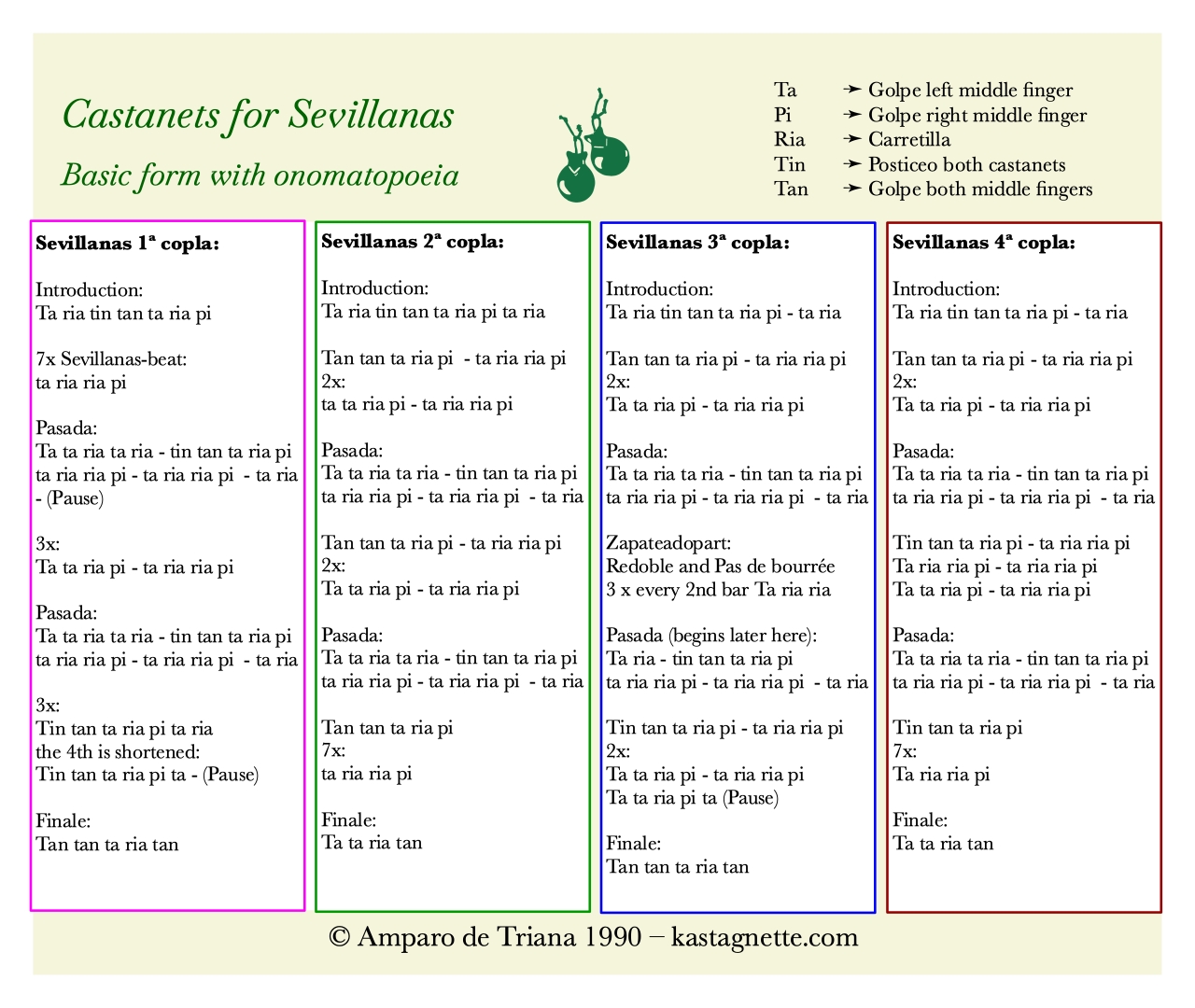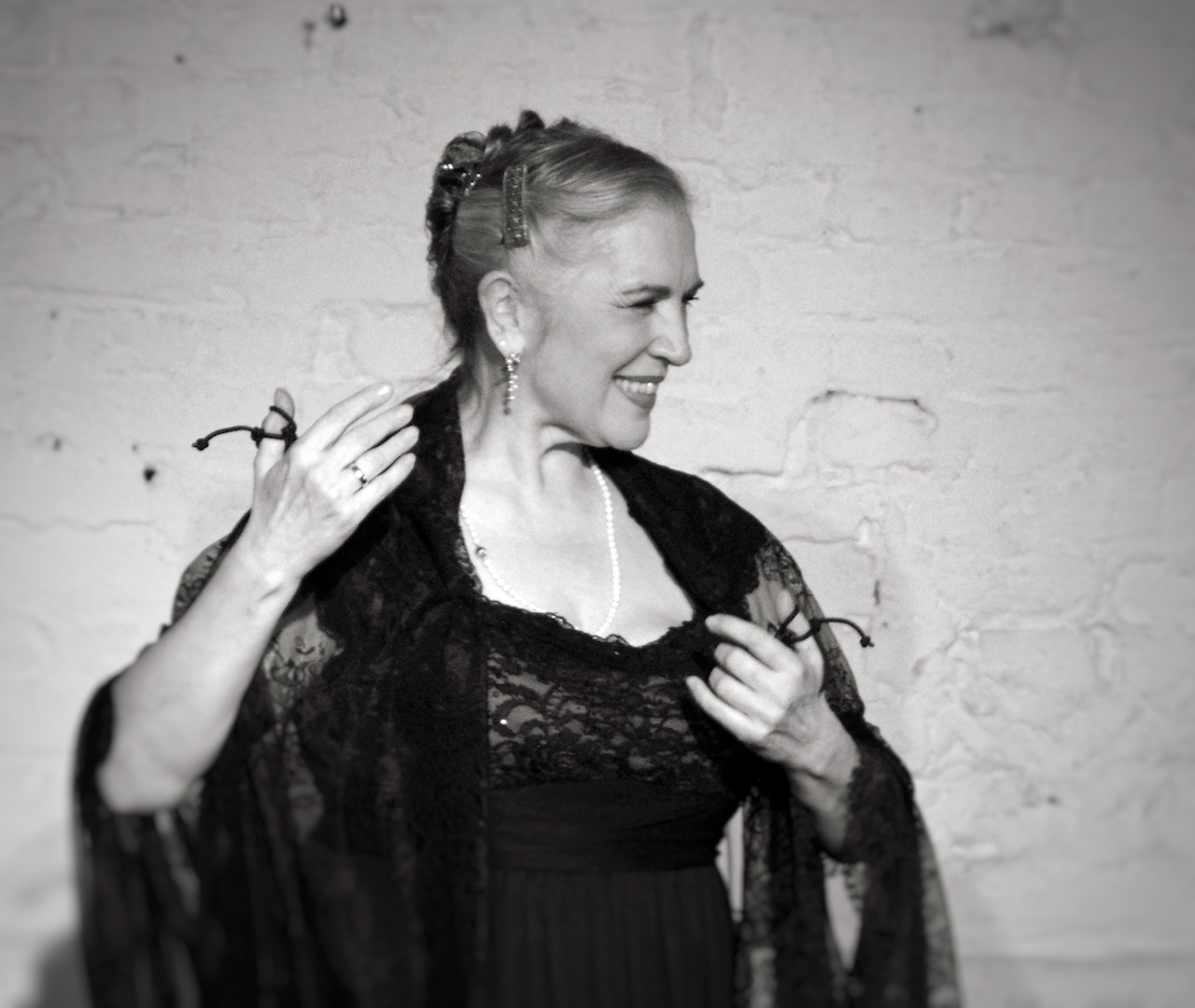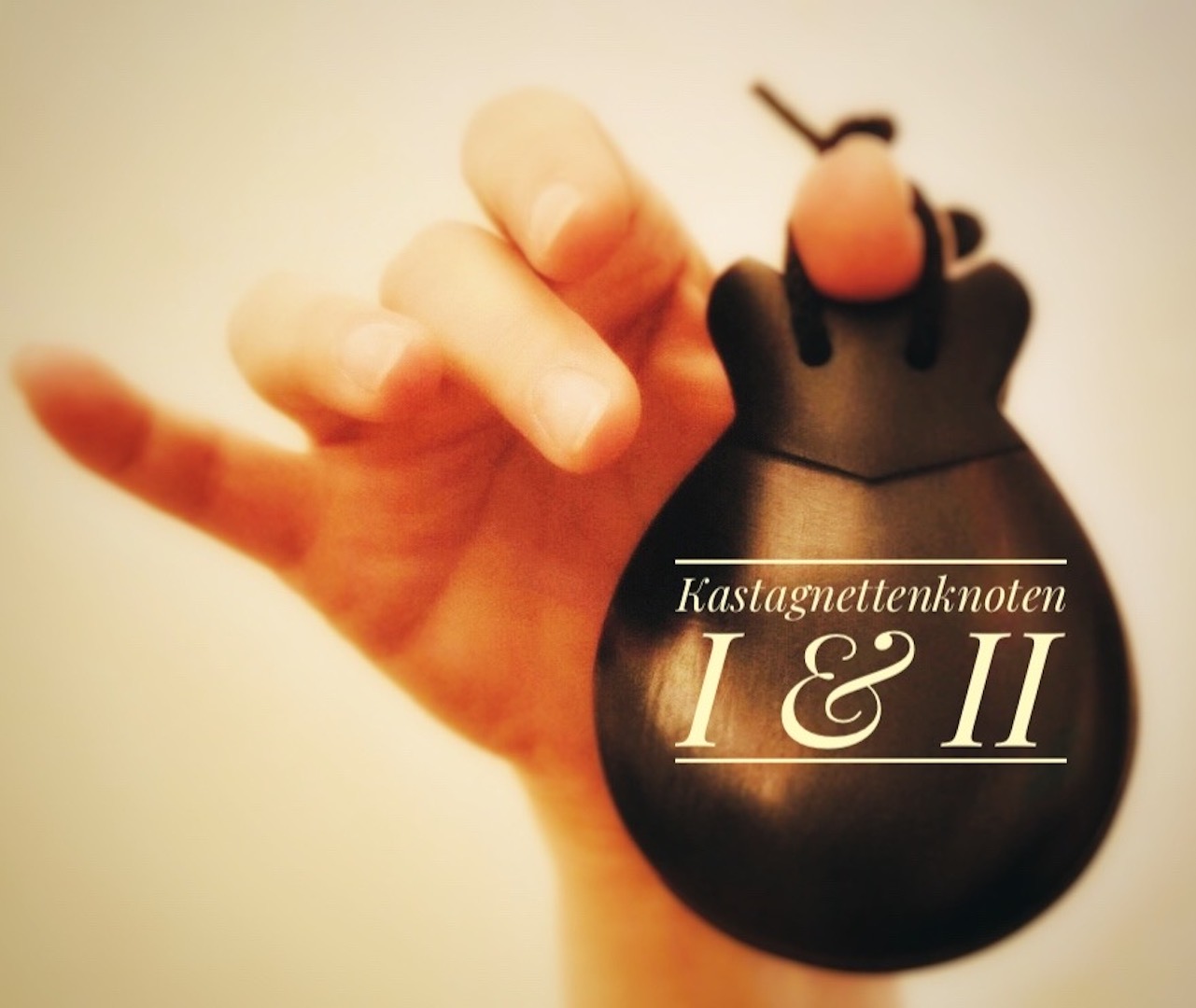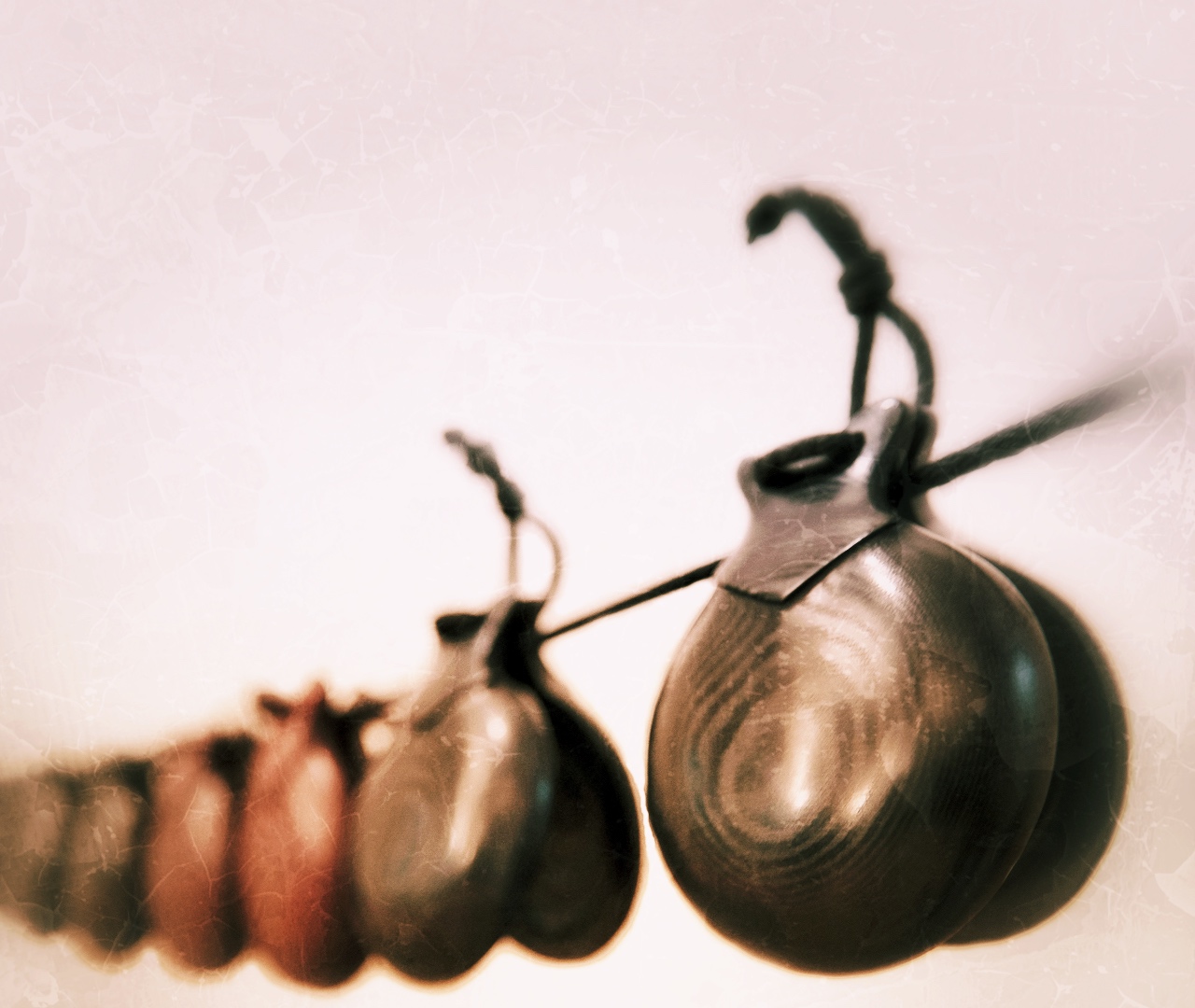This still very popular couple dance from Seville originated from the seguidillas (coplas de la seguida). The seguidillas, in turn, were for centuries the most popular dance songs and the prototype of the cheerful dance. Originated in La Mancha in the XV century, they spread throughout Spain. In the first half of the 17th century they appeared on the theatre stages of the ‘cómicos’ and ended the interludes – the ‘tonadillas’ – until well into the XVIII century. They were the archive and inspiration for the development of new dances and are the basis for the emergence of the Bolero and thus the ‘Escuela Bolera’, the Bolero School. They were accompanied with castanets and foot rhythms – ‘Taconéo’, danced with graceful, airy movements and fast beats with heel and toe.
Then, in Andalusia, the Seguidilla Sevillanas, later simply Sevillanas, was born. There is a very large number of variations in all keys also used in flamenco: major, minor and flamenco key (Phrygian), with very variable introductions and melodies, but always the same structure of the verses and the respective ‘bienparao’, the final pose, of the dancers.
And here is a traditional castanet part for it, once as a sheet of music and once with the usual onomatopoeia. The prelude and the interludes of the music are, as written above, very different in style and length. It is a three-count bar, a 3/4 bar, but in dance one likes to count 2 bars as one, so 6 counts, or 6/4 time. So you have to listen out when the dance begins. When counting the 3/4 beat, the castanet part starts on the 1 and the first step on 2. When counting the 6/4 beat, the castanet part starts on 4 and the first dance step on 5.






